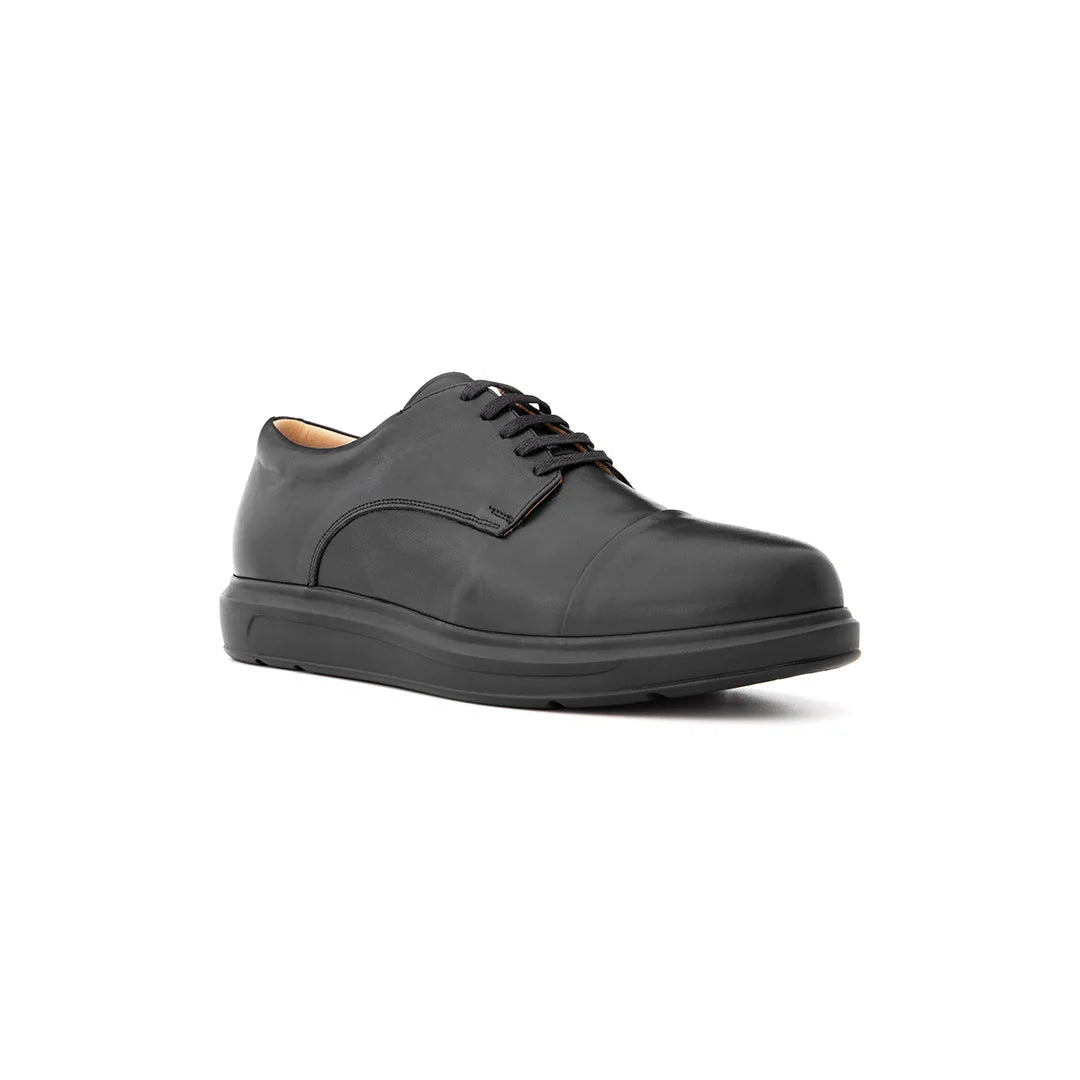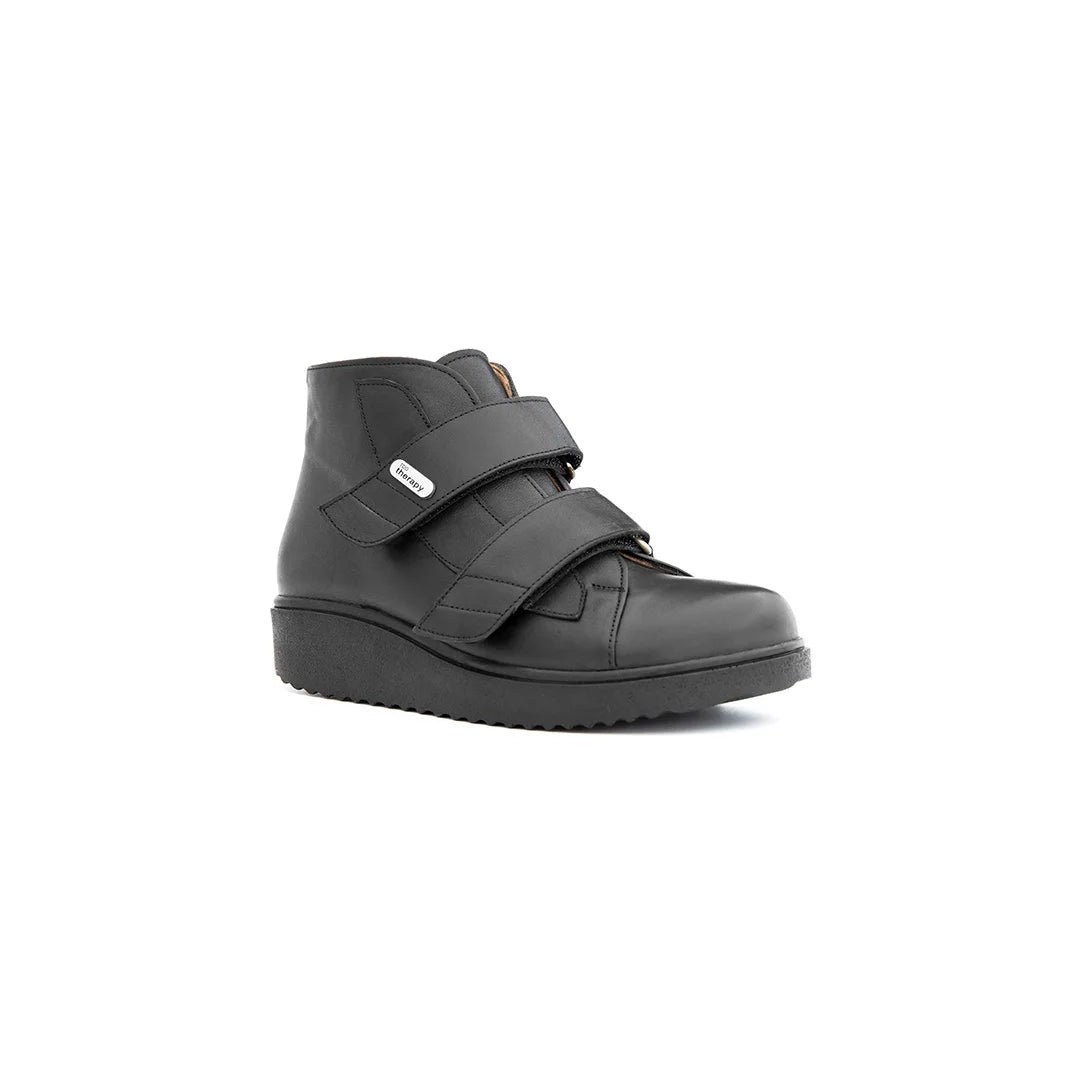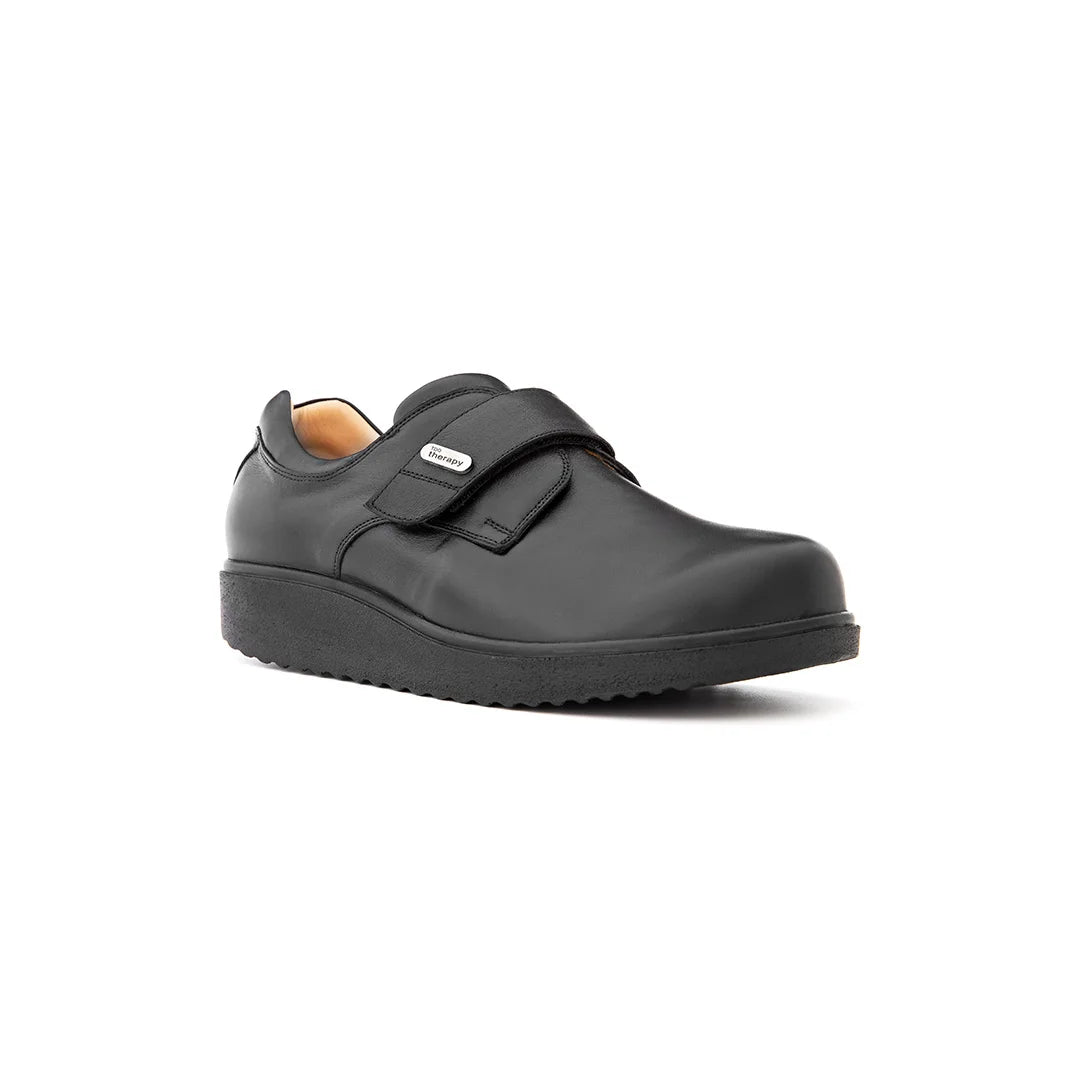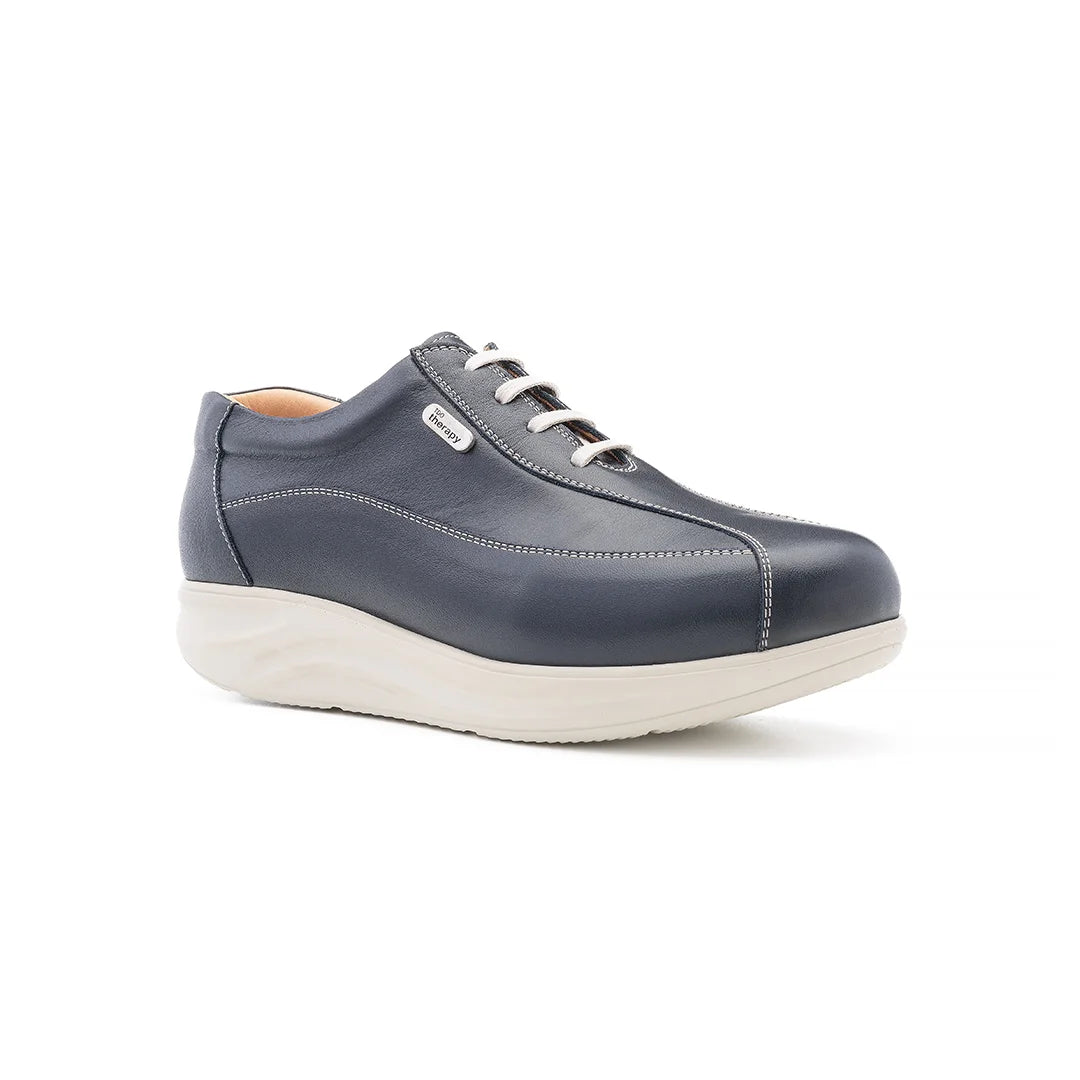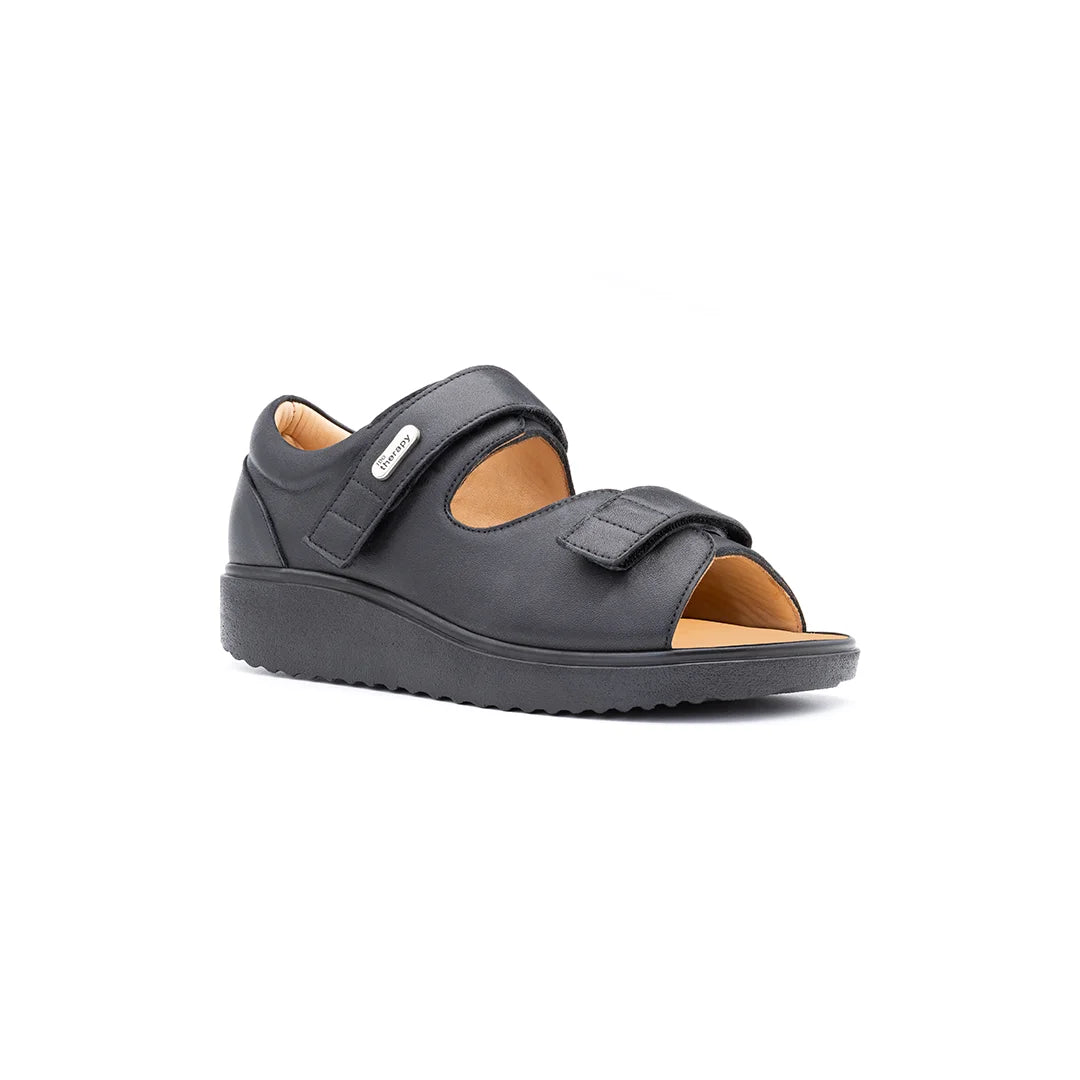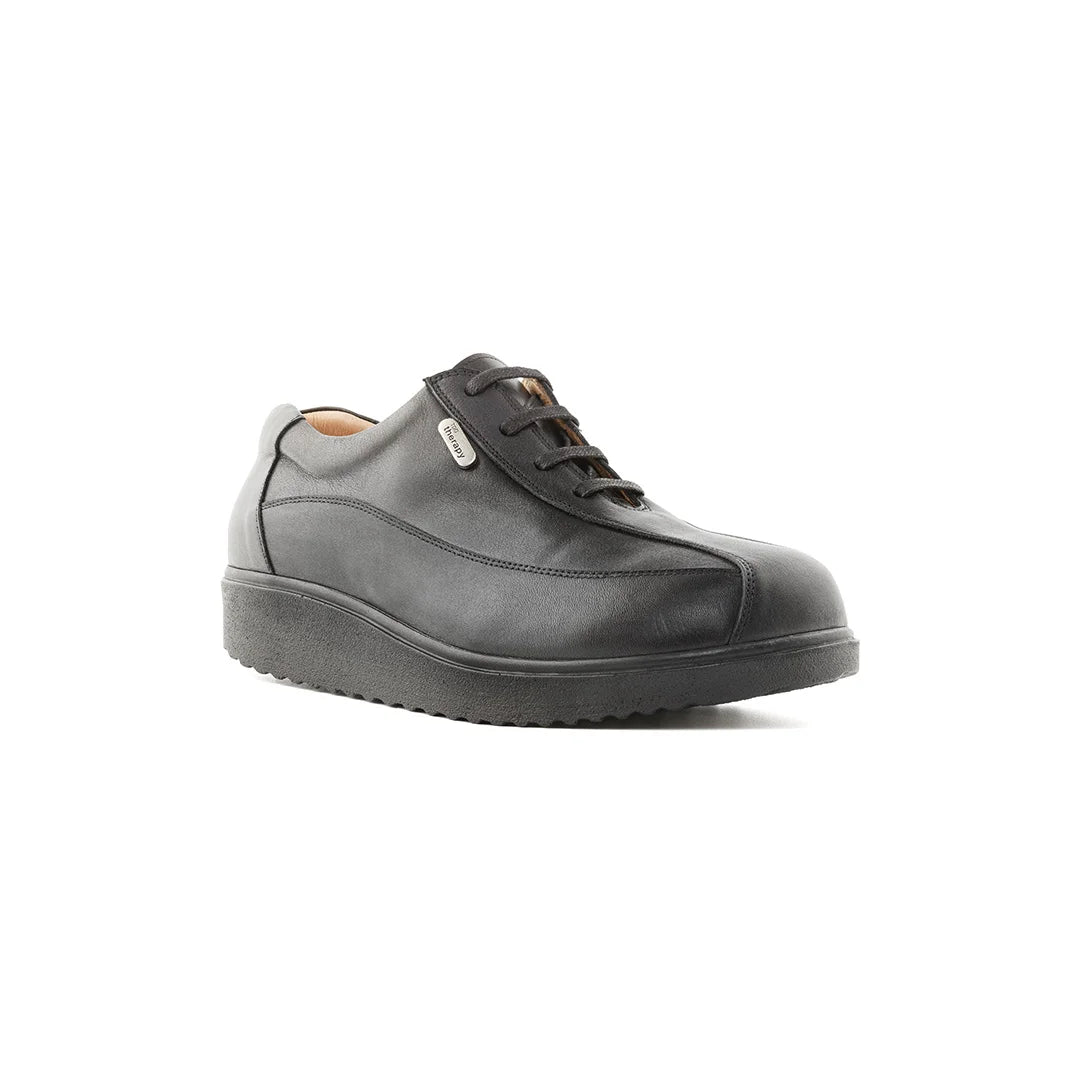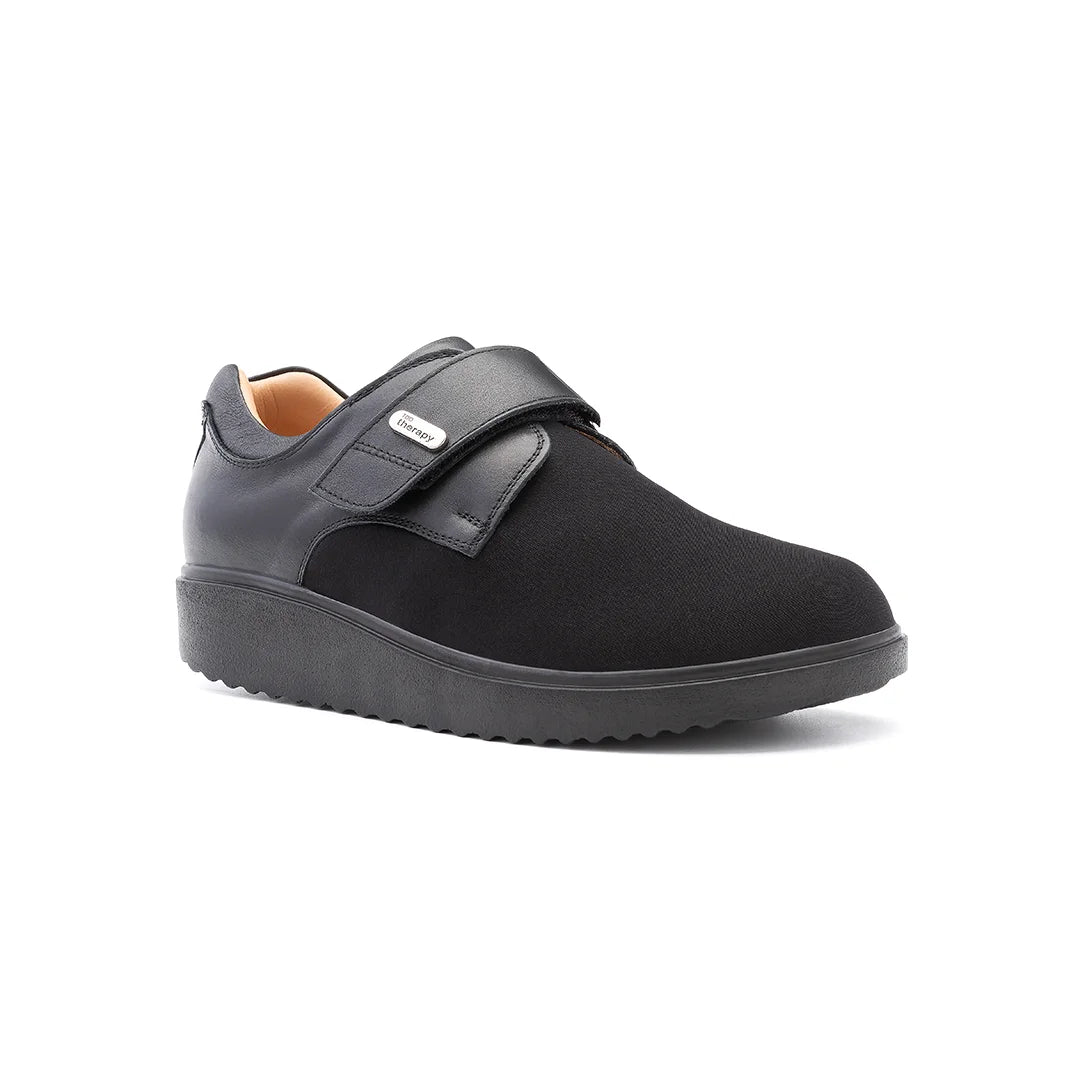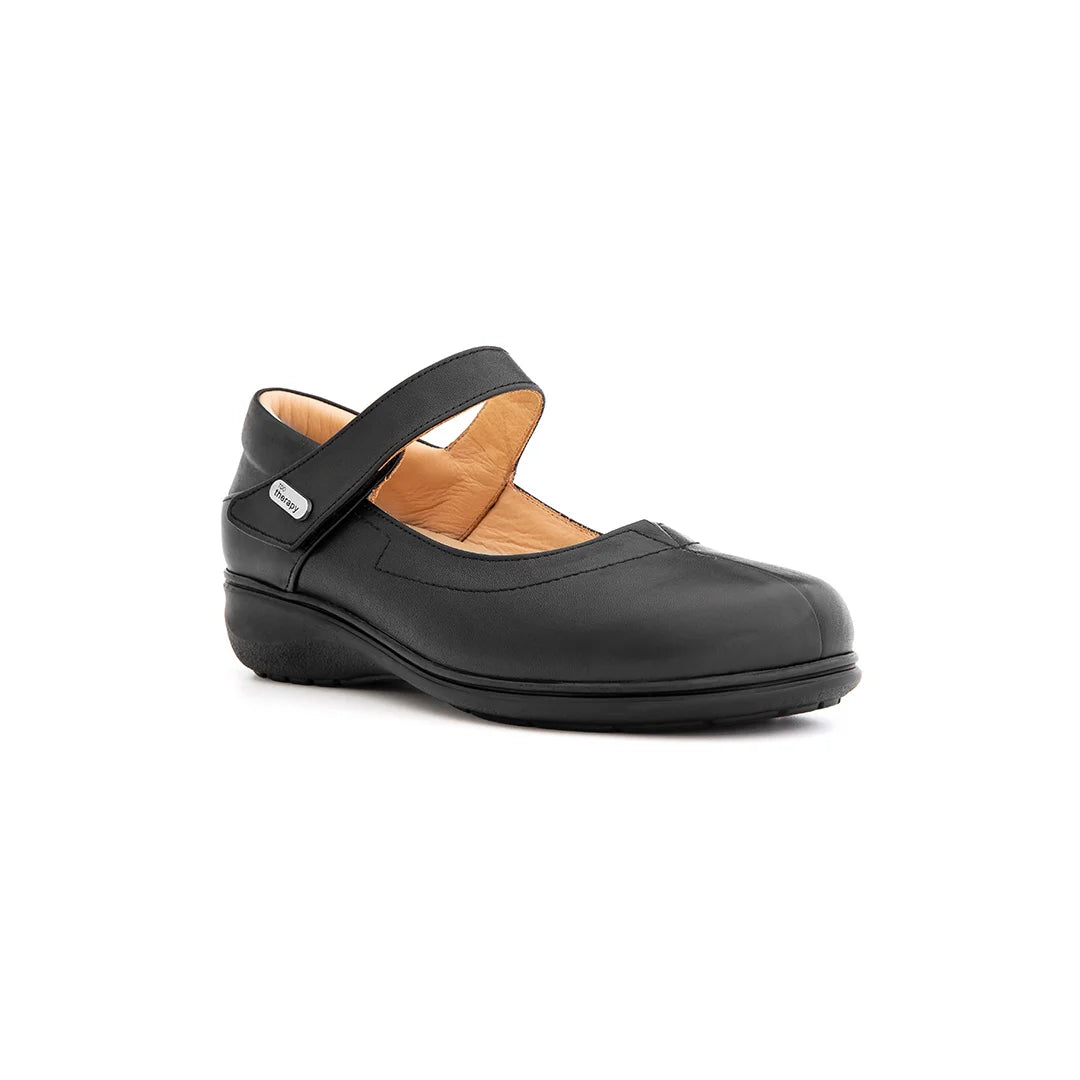Thinking about getting into walking for your health? Brilliant idea! It's a simple, effective way to boost your overall well-being. This guide will walk you through everything you need to know to start a safe walking routine for beginners, making sure you enjoy every step of your journey to better health.
Key Takeaways
- Regular walking helps you keep a healthy weight and can prevent various health issues.
- Choosing the right shoes and clothes is really important for comfort and safety.
- Good posture and proper arm/foot movements make your walk more effective.
- Start small with your walking goals and build up gradually.
- Tracking your progress, even with a simple journal, can keep you motivated.
Understanding the Benefits of Regular Walking

We all know walking is good for us, but sometimes it's easy to forget just how good. Let's have a look at some of the amazing things regular walking can do for your health and well-being. It's not just about exercise; it's about improving your life, one step at a time.
Boost Your Overall Health and Well-being
Walking isn't just a bit of exercise; it's a proper health booster. Regular walking can seriously reduce your risk of developing all sorts of nasty conditions, like heart disease, type 2 diabetes, and even some cancers. It helps keep your blood pressure in check, strengthens your immune system, and improves your cardiovascular fitness. Think of it as a full-body service, keeping everything ticking over nicely. Plus, it's low impact, so it's gentle on your joints, making it a great option for people of all ages and fitness levels.
Manage Your Weight Effectively
Watching the scales? Walking can be a great way to manage your weight. It helps you burn calories, which is essential for weight loss or maintaining a healthy weight. The more you walk, and the faster you go, the more calories you'll burn. It's as simple as that.
But it's not just about the numbers on the scale. Walking also helps improve your body composition by reducing body fat and increasing muscle mass. This means you'll not only look better but also feel stronger and more energetic.
Enhance Your Mood and Cognitive Function
Feeling a bit down? A brisk walk can do wonders for your mood. Exercise releases endorphins, which have mood-boosting effects. It's like a natural antidepressant! But the benefits don't stop there. Walking can also improve your cognitive function, helping you think more clearly and remember things better. It's like a workout for your brain as well as your body. So, next time you're feeling stressed or foggy-headed, try going for a walk. You might be surprised at how much better you feel.
Preparing for Your Walking Journey
Alright, so you're keen to get walking? Brilliant! But before we lace up and head out, let's make sure we're properly prepped. A little planning goes a long way in making your walking routine safe, effective, and, most importantly, enjoyable. We don't want any blisters or injuries putting a damper on things, do we?
Selecting the Right Footwear and Attire
First things first: footwear. This is probably the most important thing to get right. We're not talking about fashion statements here; we need shoes that support your feet and cushion each step. Think proper arch support, a firm heel, and flexible soles. Trust us, your feet will thank you.
And what about clothing? Comfort is key. Loose-fitting, breathable fabrics are your best bet. And don't forget to consider the weather! Layers are your friend, especially in unpredictable climates. If you're walking in the dark, bright colours or reflective gear are a must. Sunscreen, a hat, and sunglasses are essential for sunny days. Basically, dress for success – walking success, that is!
Planning Your Walking Route
Next up, let's think about where you're actually going to walk. A bit of planning can make all the difference. Are you hitting the pavements, trails, or parks? Consider the terrain, distance, and any potential hazards.
It's a good idea to have a few different routes in mind to keep things interesting. And always, always let someone know where you're going, especially if you're walking alone. Safety first, folks!
Here's a quick checklist for route planning:
- Check for uneven surfaces or obstacles.
- Consider the distance and elevation.
- Ensure the route is well-lit if walking at night.
Warming Up and Cooling Down Properly
Finally, let's talk about warm-ups and cool-downs. We know, we know, it sounds like a faff, but trust us, it's worth it. A proper warm-up prepares your muscles for activity, reducing the risk of injury. A gentle walk for 5-10 minutes will do the trick.
And don't forget to cool down afterwards! This helps your body gradually return to its resting state. Another 5-10 minutes of easy walking, followed by some gentle stretches, will leave you feeling refreshed and ready to tackle the rest of your day. Think of it as a little treat for your body after all that hard work.
Mastering Proper Walking Technique

Maintaining Good Posture
Okay, so we all know walking is more than just putting one foot in front of the other, right? It's about how we do it. Good posture is key to preventing injuries and getting the most out of our walks. Think of it this way: imagine a string pulling you up from the crown of your head. Keep your head up, eyes looking forward (not at the pavement!), and your chin parallel to the ground. Shoulders should be relaxed, not hunched up around your ears. It might feel a bit weird at first, especially if you're used to slouching, but trust us, your body will thank you for it.
Engaging Your Core Muscles
Now, let's talk about your core. No, we're not saying you need a six-pack to be a good walker! But engaging your core muscles – those muscles around your abdomen and lower back – is super important for stability and balance. Think of it as gently drawing your belly button towards your spine. It shouldn't be a hard, tense contraction, just a subtle engagement. This helps support your spine and prevents you from swaying too much from side to side as you walk. It's like having a built-in support system.
Coordinating Arm and Foot Movements
Finally, let's get those arms and legs working together! Your arms should swing naturally from your shoulders, not stiffly at your sides. A slight bend in your elbows is good. As your left foot steps forward, your right arm should swing forward, and vice versa. This natural, reciprocal movement helps propel you forward and adds to the efficiency of your walk. It's all about finding that rhythm and flow. If you're feeling a bit uncoordinated, try slowing down and focusing on the movement. It'll become second nature before you know it.
Remember, it's all about practise and finding what works best for you. Don't be afraid to experiment with different techniques and see what feels most comfortable and effective. And most importantly, have fun!
Setting Achievable Walking Goals
It's easy to get carried away when starting a new walking routine. We're all enthusiastic at the beginning, but it's important to set goals that are actually achievable to avoid burnout and keep us motivated in the long run. Let's look at how we can do this.
Starting Slowly and Gradually Increasing Intensity
Don't try to run before you can walk – literally! Begin with short, manageable walks, maybe just 10-15 minutes a day. As we get fitter and more comfortable, we can gradually increase the duration and intensity. For example, we could add 5 minutes to our walk each week, or incorporate some hills to challenge ourselves a bit more. It's all about listening to our bodies and progressing at a pace that feels right for us.
Meeting Recommended Activity Guidelines
Health experts generally recommend at least 150 minutes of moderate-intensity aerobic activity per week. That might sound like a lot, but it's totally doable! We can break it down into smaller chunks, like 30 minutes of walking, five days a week. Or even shorter bursts of activity throughout the day can add up. The key is to find a schedule that fits into our lives and that we can stick to consistently.
Incorporating Strength Training
Walking is great for cardio, but it's also important to incorporate some strength training into our routine. This helps to build muscle, which in turn boosts our metabolism and makes us stronger overall. We don't need to hit the gym every day; simple exercises like squats, lunges, and push-ups can be done at home with no equipment. Aim for at least two strength training sessions per week, focusing on all the major muscle groups.
Remember, consistency is key. It's better to do a little bit of exercise regularly than to go all-out for a week and then give up. Find activities that we enjoy, set realistic goals, and celebrate our progress along the way. Before we know it, we'll be well on our way to a healthier, happier us!
Here's a sample weekly plan to get us started:
| Day | Activity | Duration | Intensity |
|---|---|---|---|
| Monday | Brisk walk | 30 mins | Moderate |
| Tuesday | Strength training (bodyweight) | 30 mins | Moderate |
| Wednesday | Rest | - | - |
| Thursday | Brisk walk | 30 mins | Moderate |
| Friday | Strength training (bodyweight) | 30 mins | Moderate |
| Saturday | Long walk | 60 mins | Moderate |
| Sunday | Rest or light activity | - | - |
Tracking Your Progress and Staying Accountable
It's all well and good starting a walking routine, but how do we know if we're actually improving? And how do we keep ourselves motivated when the initial excitement wears off? That's where tracking progress and staying accountable come in. Let's explore some ways to do just that.
Utilising Activity Trackers and Apps
In today's world, we're spoilt for choice when it comes to tech that can help us monitor our activity levels. Activity trackers, like Fitbits or smartwatches, are great for automatically recording steps, distance, and even our heart rate. There are also loads of fantastic apps available for our phones that do a similar job.
These tools can provide a visual representation of our progress, which can be incredibly motivating. Seeing those numbers go up week after week can give us a real sense of accomplishment.
Here's a quick comparison of some popular options:
| Tracker/App | Key Features | Pros | Cons |
|---|---|---|---|
| Fitbit | Steps, distance, heart rate, sleep tracking | User-friendly, wide range of devices | Can be expensive, subscription required for some features |
| Strava | GPS tracking, social features, challenges | Great for tracking routes, connecting with friends | Focuses more on running and cycling, can be overwhelming |
| Google Fit | Steps, activity minutes, heart rate (with compatible devices) | Free, integrates with other Google services | Limited features compared to dedicated trackers |
Keeping a Walking Journal
If we're not into the techy stuff, or we just prefer a more traditional approach, a walking journal can be a brilliant way to track our progress. We can simply jot down the date, time, distance, and how we felt during each walk.
Here's what we might include in our journal:
- Date and Time
- Route Taken
- Distance Covered
- Walking Time
- How we felt (energy levels, mood)
This can help us identify patterns and see how our fitness is improving over time. Plus, it's a great way to reflect on our walks and appreciate the benefits they're bringing to our lives.
Celebrating Your Milestones
It's important to acknowledge and celebrate our achievements along the way. Whether it's reaching a certain number of steps in a week, completing a longer walk than ever before, or simply sticking to our routine for a month, we should give ourselves a pat on the back.
Here are some ideas for celebrating milestones:
- Treat ourselves to a new piece of walking gear.
- Plan a special walking route in a scenic location.
- Share our progress with friends and family.
- Simply take some time to appreciate how far we've come.
Remember, it's all about making the journey enjoyable and sustainable. By tracking our progress and celebrating our milestones, we can stay motivated and keep moving towards our goals.
Sustaining Your Walking Motivation
Okay, so you've started walking regularly – that's brilliant! But how do we keep it up? It's easy to lose steam, especially when life gets in the way. Let's look at some ways to keep that motivation burning.
Setting Yourself Up for Success
Start small and build gradually. Don't try to do too much too soon, or you'll risk burnout or injury. Think about it like this: instead of aiming for an hour-long walk every day, begin with 15-20 minutes a few times a week. As you get fitter and more comfortable, you can slowly increase the duration and frequency. Also, make sure you have everything you need ready to go – comfortable shoes, appropriate clothing, and a bottle of water. Preparation is key!
Making Walking Enjoyable
Walking doesn't have to be a chore! Find ways to make it something you actually look forward to. Listen to your favourite podcasts or audiobooks, explore new routes, or walk with a friend or family member.
I find that walking with a friend makes the time fly by, and we motivate each other to keep going even when we don't feel like it. Plus, it's a great way to catch up and socialise while getting some exercise.
Varying Your Routine to Prevent Boredom
Doing the same thing day in, day out can get pretty dull. To keep things interesting, try mixing up your walking routine. Explore different parks or trails, try interval walking (alternating between brisk walking and slower walking), or add some hills to your route. You could even try Nordic walking with poles for a full-body workout. The possibilities are endless!
Here's a table showing how you can vary your routine:
| Day | Activity | Location |
|---|---|---|
| Monday | Brisk walking | Local park |
| Tuesday | Interval walking (hills) | Hill route |
| Wednesday | Rest | - |
| Thursday | Social walk with a friend | City centre |
| Friday | Nordic walking | Countryside trail |
| Weekend | Longer, leisurely walk | Coastal path |
Conclusion
So, there you have it. Walking, it's pretty simple, right? You don't need fancy gear or a gym membership. Just put one foot in front of the other, and you're off. It's amazing how much good a regular walk can do for your body and your mind. Seriously, give it a go. You'll probably feel a whole lot better, and who doesn't want that?
Frequently Asked Questions
How does regular walking improve my health?
Walking is a fantastic way to boost your overall health. It helps you keep a healthy weight, lowers your risk of heart disease and diabetes, makes your bones and muscles stronger, and can even make you feel happier and sleep better.
What's the best way to walk for fitness?
To walk with good form, keep your head up and look straight ahead, not down at your feet. Relax your neck and shoulders. Swing your arms gently with a slight bend at the elbows. Keep your tummy muscles a little bit tight and your back straight. Roll your foot from heel to toe as you step.
What kind of gear do I need for walking?
It's a good idea to wear comfy, loose-fitting clothes that are suitable for different kinds of weather. For your feet, pick shoes that have good arch support, a firm heel, and thick, bendy soles to cushion your steps and absorb shock.
How much walking should I aim for each week?
For most healthy adults, try to get at least 150 minutes of moderate walking each week. You can spread this out, like doing 30 minutes five days a week. Even short bursts of activity throughout the day add up!
Can tracking my walks help me stay motivated?
Yes, absolutely! Using a fitness tracker, an app on your phone, or even just a pedometer can help you keep an eye on how many steps you take, how far you go, and how long you walk. Writing it down in a journal can also be really motivating.
How can I make my walking routine more fun and stop it from getting boring?
To keep things interesting, try different walking routes. If you usually walk in your neighbourhood, explore a local park or a new area. You could also vary your speed, walking faster for a few minutes and then slowing down, or try routes with gentle hills.


